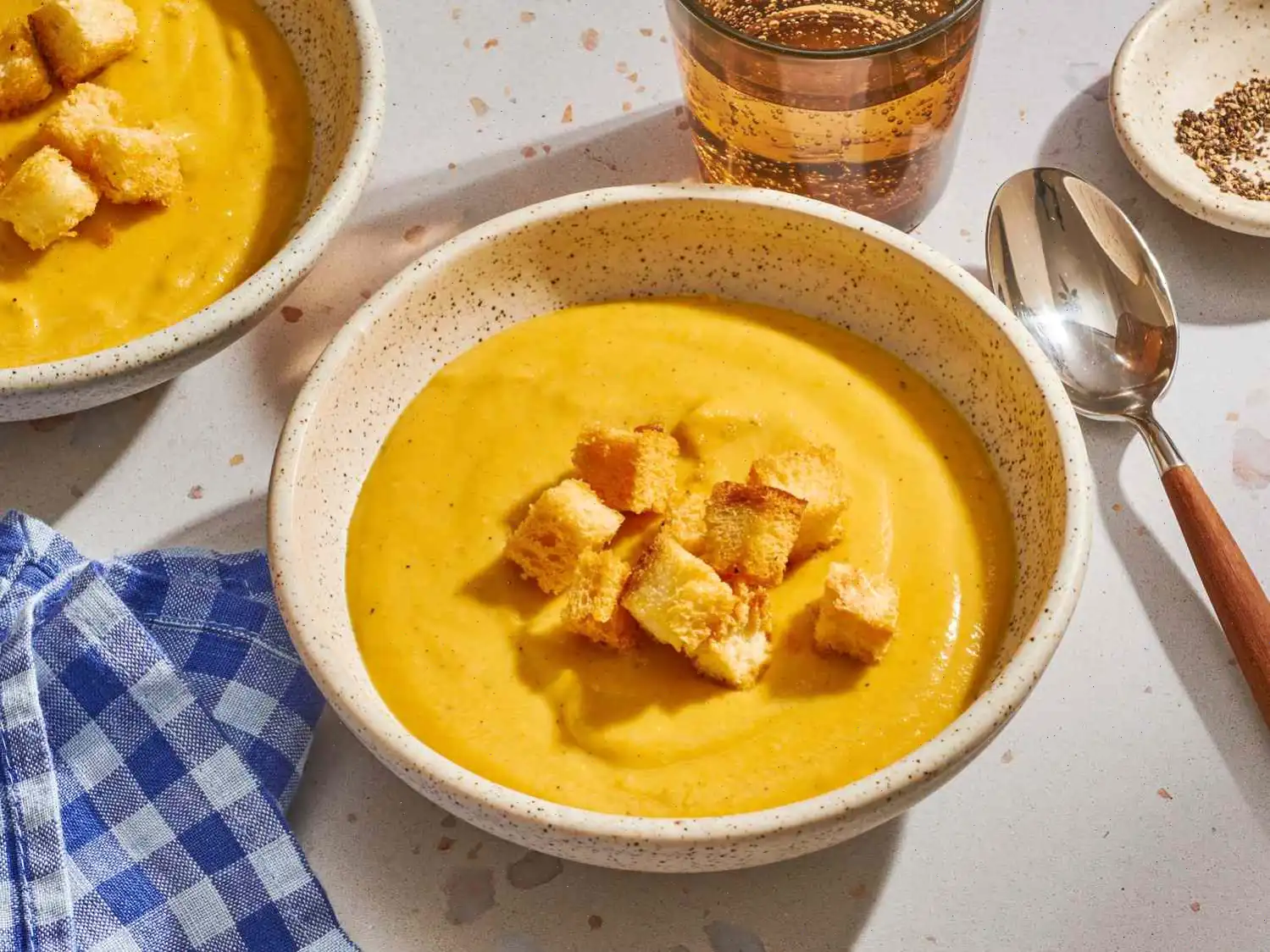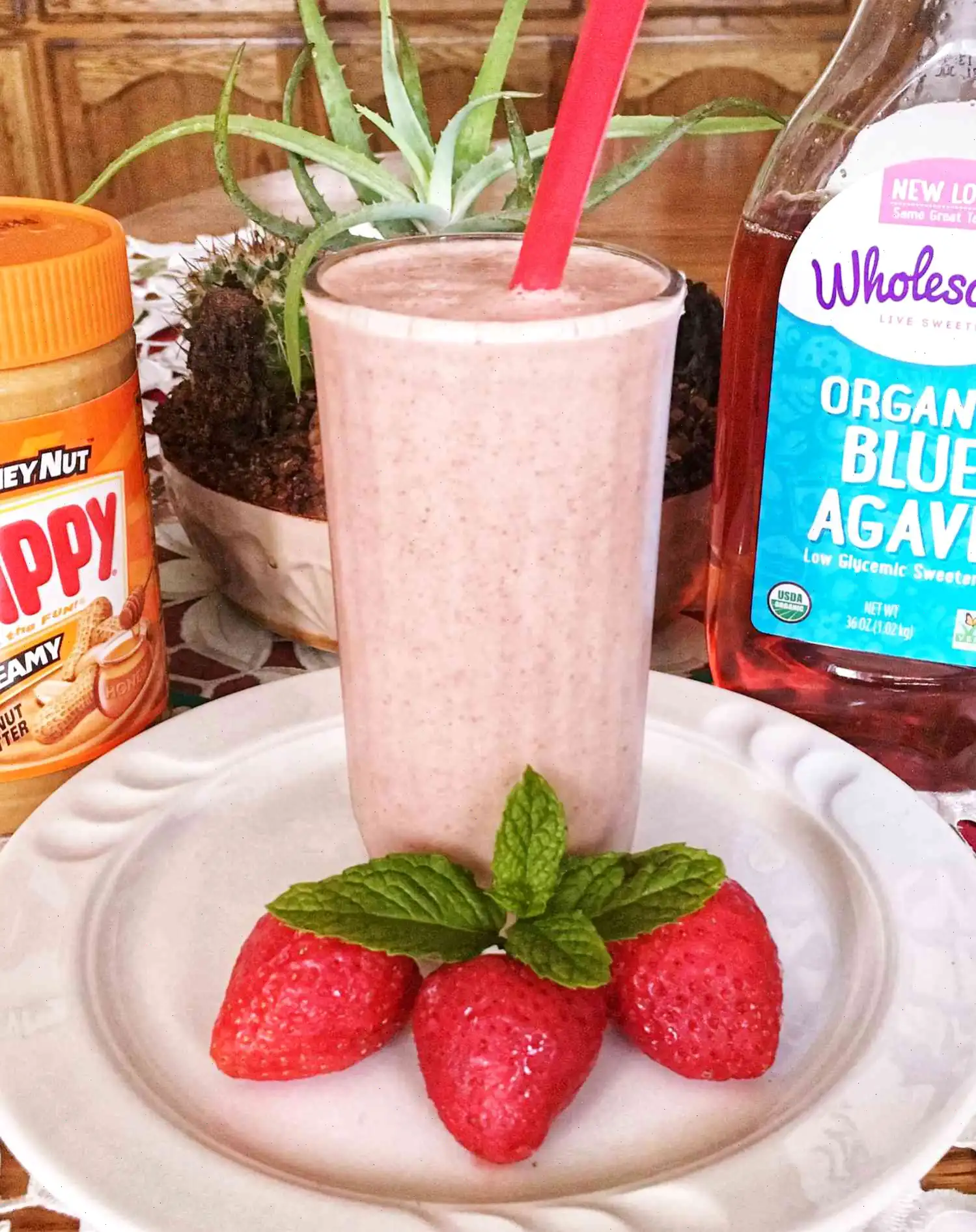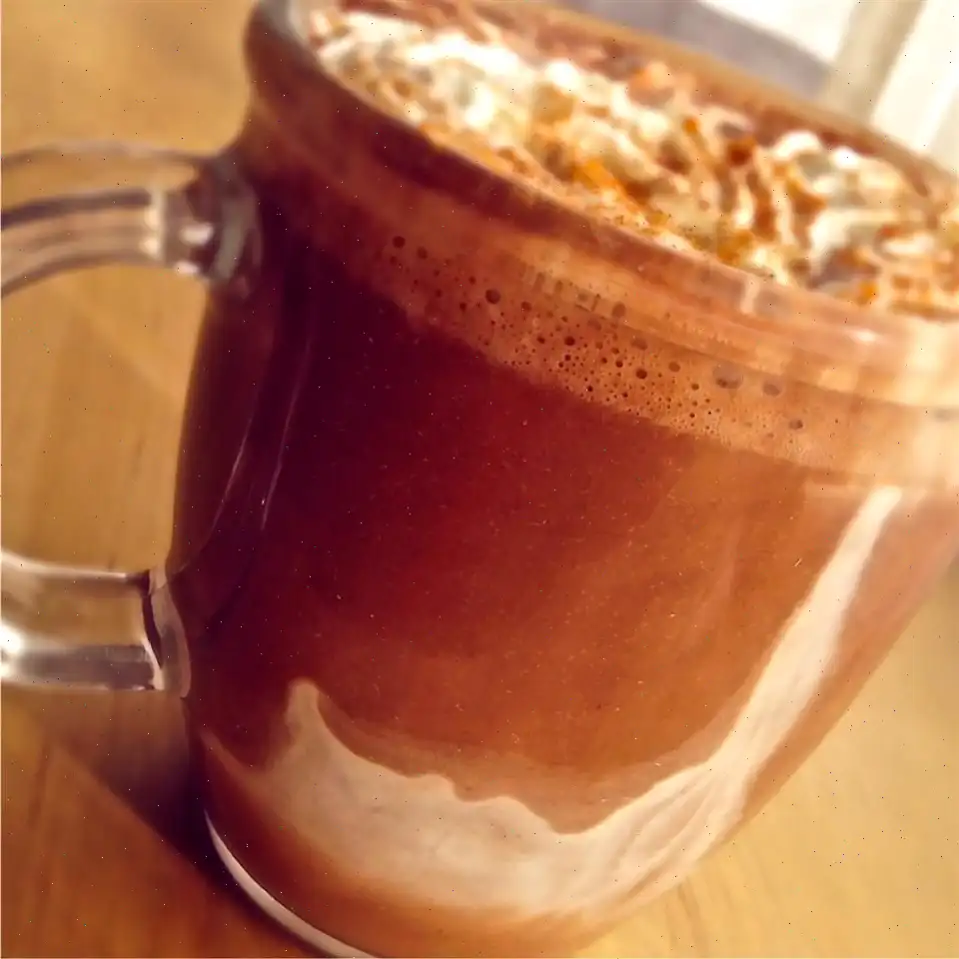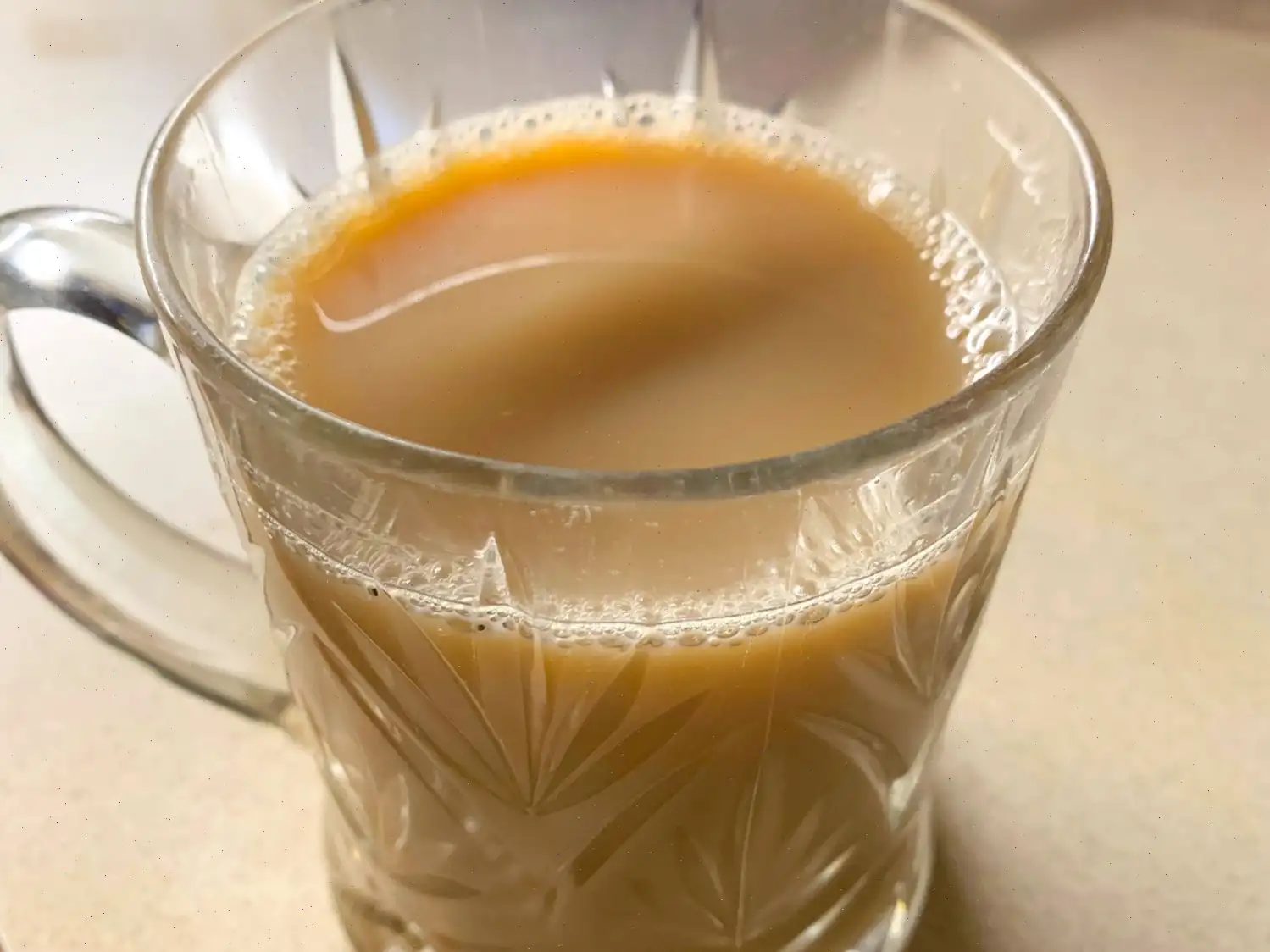
Pumpernickel Rye Bread Recipe
Ingredients:
- 1 cups warm water (110F/45C)
- 1 tablespoon vegetable oil
- 1 tablespoons molasses
- 1 cups unbleached bread flour
- 1 cup rye flour
- cup whole wheat flour
- cup vital wheat gluten
- 1 teaspoon salt
- 3 tablespoons dry milk powder (optional)
- 2 teaspoons instant coffee powder
- 2 tablespoons unsweetened cocoa powder
- 1 tablespoon caraway seed
- 1 teaspoons active dry yeast
Directions:
Step 1: Place all the ingredients into the pan of a bread machine in the order suggested by the manufacturer.
Step 2: Select the Whole Wheat cycle on your bread machine and press Start. The machine will handle the first rise.
Step 3: Once the dough has risen, remove it from the machine and shape it into a loaf. Place the dough into a lightly oiled 9x5-inch loaf pan.
Step 4: Cover the dough and allow it to rise for 1 hour in a warm place.
Step 5: Preheat your oven to 350F (175C).
Step 6: After the dough has risen, bake it in the preheated oven for 45 minutes, or until golden brown and the loaf sounds hollow when tapped on the bottom.
Step 7: Once baked, remove the loaf from the oven and carefully take it out of the pan. Let it cool completely on a wire rack before slicing.
Stand Mixer Method:
If you prefer to use a stand mixer, combine all the ingredients in the mixing bowl. Use a dough hook on low speed and mix for 10-15 minutes, scraping the dough occasionally. Once mixed, transfer the dough to a greased bowl, cover with plastic wrap, and let it rise for about 1 hour until doubled in size.
Grease a 9x5-inch loaf pan and deflate the dough. Turn it out onto a lightly floured surface and flatten it into a rectangle. Fold it into thirds, rolling it slightly to form a loaf, and pinch the seam to seal. Place the dough into the loaf pan, seam-side down, cover it with a floured kitchen towel or greased plastic wrap, and allow it to rise again until doubled. Then bake as directed.
Tips:
- You can mix the dough using a bread machine or stand mixer, but for the best results, bake it in the oven for a more traditional texture.
Nutrition Facts (per serving):
| Calories | 2g Fat | 28g Carbs | 6g Protein |
|---|---|---|---|
| 151 | 2g | 28g | 6g |
| % Daily Value* | |||
| Total Fat: 2g (2%) | Saturated Fat: 0g (2%) | Sodium: 207mg (9%) | Carbohydrates: 28g (10%) |
| Dietary Fiber: 3g (10%) | Total Sugars: 3g | Protein: 6g (12%) | Vitamin C: 0mg (0%) |
| Calcium: 41mg (3%) | Iron: 2mg (9%) | Potassium: 165mg (4%) | |
Note: Nutrient information is based on available data and may vary. If you are following a medically restrictive diet, please consult your doctor or a dietitian before making this recipe.

Origin and History of Pumpernickel Rye Bread
Pumpernickel rye bread, a dense, dark bread with deep earthy flavors, has its origins in Germany, specifically from the Westphalia region. The name "pumpernickel" comes from the old German words "pumpern" (to fart) and "Nickel" (a colloquial term for the devil), referencing the breads initial reputation as food that caused digestive distress. The bread is traditionally made using coarsely ground rye flour, water, and a sourdough starter, giving it its distinctive dense texture and slightly tangy taste. The baking process often involves a slow, long bake at low temperatures, which contributes to its dark color and rich flavor.
Regional Variations and Differences
While the traditional pumpernickel is rooted in Germany, other European countries have their variations of rye bread, though they differ in texture, flavor, and baking method. For instance, in some regions of the U.S., pumpernickel may be sweeter, often incorporating molasses, cocoa powder, or even coffee to deepen the color and enhance the flavor. Other European counterparts, such as Russian and Scandinavian rye breads, can be lighter and more airy, often made with a blend of rye and wheat flours. The traditional German pumpernickel is notably denser and darker due to the use of a slow baking technique that caramelizes the natural sugars in the dough.
Distinctiveness from Similar Breads
What sets pumpernickel apart from other rye breads is its signature dark, moist crumb and heavy texture. This differs from lighter rye breads like Jewish rye or even Irish soda bread, which are often made with a higher proportion of wheat flour and yeast. Pumpernickels distinctive flavor comes from its use of coarsely ground rye, slow baking process, and sometimes the addition of molasses or cocoa powder, creating a sweet, earthy depth that other rye breads may lack. This results in a hearty, almost cake-like texture that is perfect for pairing with robust toppings such as smoked meats, cheeses, or pickles.
Where Pumpernickel Rye Bread is Commonly Served
In Germany, pumpernickel is typically served with hearty meats, cheeses, and cold cuts, often accompanying a traditional German breakfast or lunch. It's also commonly paired with fish, particularly pickled herring, and is a staple at festive meals such as Christmas dinners or Oktoberfest celebrations. In the U.S., its popular as a base for sandwiches, especially with pastrami or corned beef, adding a deep, savory contrast to the rich, fatty meats. Due to its dense nature, pumpernickel is also enjoyed with spreads like butter, mustard, or even jams for a simple yet flavorful snack.
Interesting Facts About Pumpernickel Rye Bread
- Pumpernickel bread was historically seen as food for the working class in Germany, prized for its long shelf life and filling qualities.
- Unlike many breads, pumpernickel doesnt require a lot of yeast to rise, which is why the sourdough method or slow fermentation process is preferred to enhance its flavor over time.
- The breads deep color is due to the use of rye flour and sometimes cocoa or coffee, which, in addition to the dark baking process, give it its characteristic hue.
- In Germany, pumpernickel is sometimes enjoyed as part of a traditional bread basket during special occasions, often paired with hearty stews or sausages.
FAQ about Pumpernickel Rye Bread Recipe
Comments
Barbara Hill
04/10/2025 07:07:28 AM
I absolutely adore pumpernickel bread, and this recipe is truly fantastic. I followed the instructions but used my KitchenAid mixer and baked it in the oven. The result was a moist and delicious loaf! I am thrilled to have stumbled upon this recipe – thank you. I will definitely be making it again many more times.
Steven Collins
10/16/2022 07:38:59 PM
I brushed the loaf with an egg wash and sprinkled quick oats on top before baking it at 375 degrees for 35 minutes. I also placed a pan of water in the oven to create steam, crucial for achieving a perfect loaf of bread. The result? Absolutely delicious!
Emma Miller
12/06/2024 05:40:29 AM
I added some sugar to mine because that's how we enjoy our homemade bread in Texas! Delicious!
Ronald Allen
02/12/2024 07:59:09 PM
My husband is quite particular about his bread, but he absolutely loved this one! It's a fantastic dense loaf that manages to be both soft and perfect for sandwiches.
Julie Walker
02/18/2023 10:01:03 AM
I tried a new bread recipe and added a tablespoon of honey for sweetness. Everything else I followed as instructed. I used a Bosch Mixer, but I'm concerned I may have overkneaded the dough. The resulting loaf is delicious, although a bit dense and heavy. This was my first time making real bread, as I usually stick to white bread recipes. I doubled the recipe, which made the dough dry, and it was quite firm when forming the loaves. The rise was decent but didn't exceed the edge of the pan during the second rise. I believe this recipe is a keeper, and I am determined to improve my bread-making skills. I realize now the importance of respecting whole grains more. I would proudly serve this loaf to guests, as my first attempt was a success. Thank you for sharing such a fantastic recipe.








